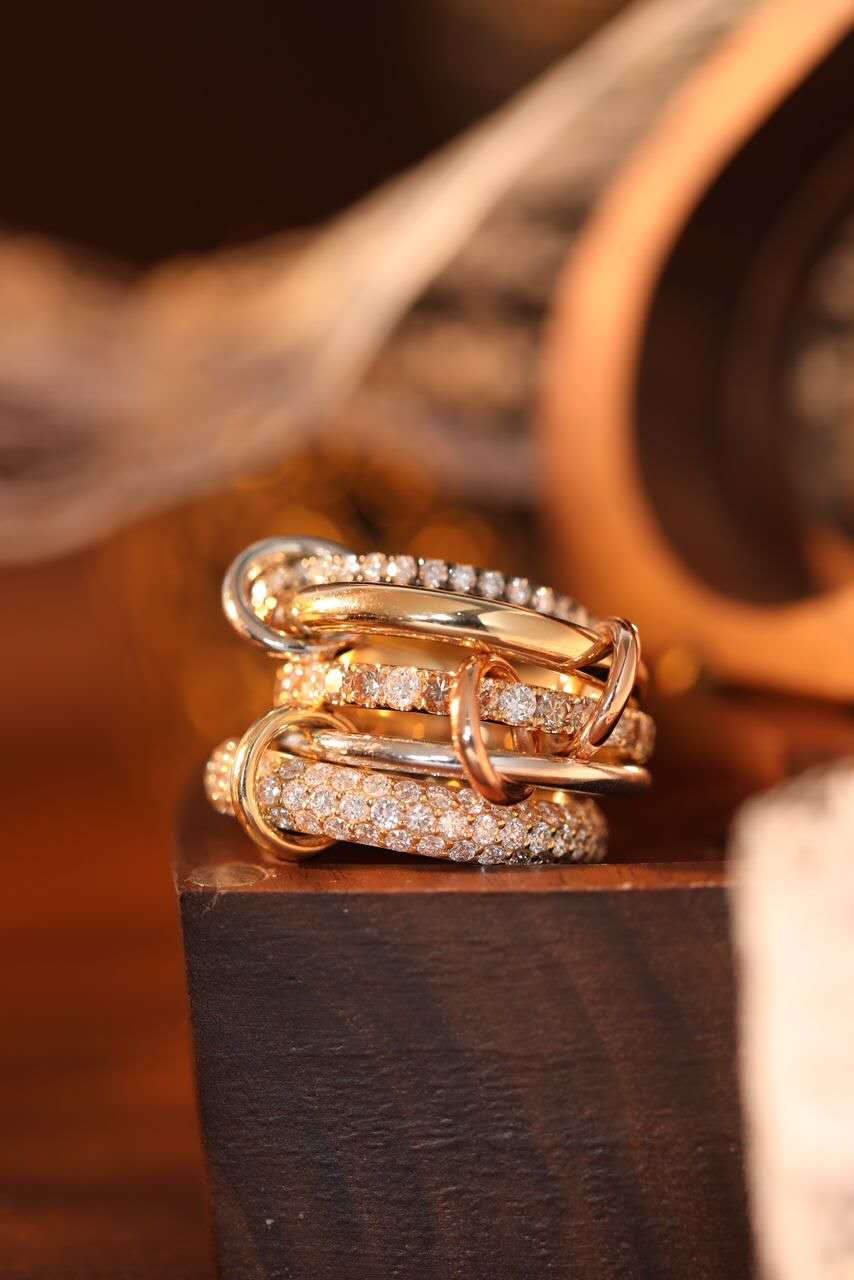Key steps and techniques in the production process of old mine cut diamonds
Old mine cut diamonds are a rare and unique type of diamond that come from mines around the world that have ceased production and therefore are in limited supply. Making old mine-cut diamonds requires a series of delicate steps and specialized techniques to unleash their unique beauty and value. This article will introduce in detail the key steps and techniques in the production process of old mine-cut diamonds, including rough stone selection, shape planning, cutting and processing, polishing and evaluation.

First: rough stone selection and preparation
Raw stone procurement: Before making old mine cut diamonds, you first need to purchase high-quality rough stones from reliable sources. The scarcity of old mine diamonds makes them expensive, so it is important to choose a supplier with a good reputation.
Rough stone evaluation: After purchasing a rough stone, it needs to be evaluated, including inspection of size, color, clarity, and shape. The results of these evaluations will help determine the best cutting method and design.
Second: Appearance planning
Shape selection: Old mine-cut diamonds can choose from a variety of shapes, such as oval, cushion, etc. The choice of shape will depend on the size, shape and intrinsic characteristics of the rough stone, as well as market demand and the designer's wishes.
Size planning: After determining the cutting shape, size planning is required. This includes determining parameters such as the diamond’s diameter, thickness and weight to ensure the final diamond meets the expected size standards.

Third: cutting and processing
Initial cutting: Carry out initial cutting according to the parameters determined by the shape planning. This is a precise and complex process that takes into account factors such as the inherent imperfections, texture and symmetry of the rough stone.
Cut angles and proportions: The cut angles and proportions of an old mine-cut diamond are critical to its optical performance. Reasonable cutting angles and proportions can allow diamonds to show good refraction and refraction of light, thus improving the brightness and sparkle of diamonds.
Surface processing: After cutting is completed, surface processing is required. This includes smoothing the surface of the diamond, trimming the edges, polishing the diamond ridges, etc. to give the diamond a more refined and smooth appearance.
Fourth: Polishing and Evaluation
Polishing process: After cutting and processing, polishing is required. Polishing is a time-consuming and meticulous process that gradually refines the appearance and luster of a diamond through the use of different grit sizes of abrasive materials and polishing tools.
Final Evaluation: After polishing is complete, a final evaluation of the diamond is required. This involves checking aspects such as the diamond's size, proportions, symmetry, clarity and color to ensure it meets high quality requirements.

Creating an old mine cut diamond requires several key steps and specialized techniques. It starts with the selection and preparation of rough stones, including rough stone procurement and evaluation; then appearance planning, determining the shape and size; then cutting and processing, considering cutting angle, proportion and surface treatment; and finally polishing and final evaluation to ensure that the diamond reaches a high quality. Quality standards. Delicacy and expertise in these steps and techniques are essential to producing high-quality old mine-cut diamonds. Through these steps and techniques, the old mine-cut diamonds produced will show their unique beauty, brilliance and value, becoming highly sought-after rare gemstones in the jewelry industry.
